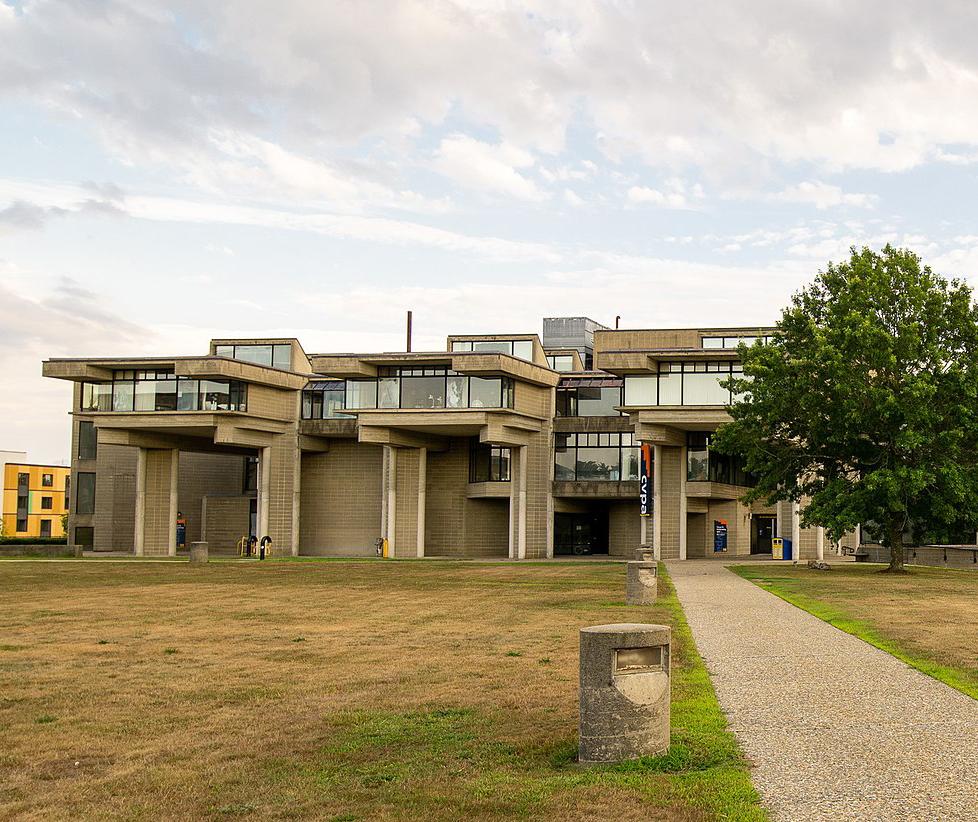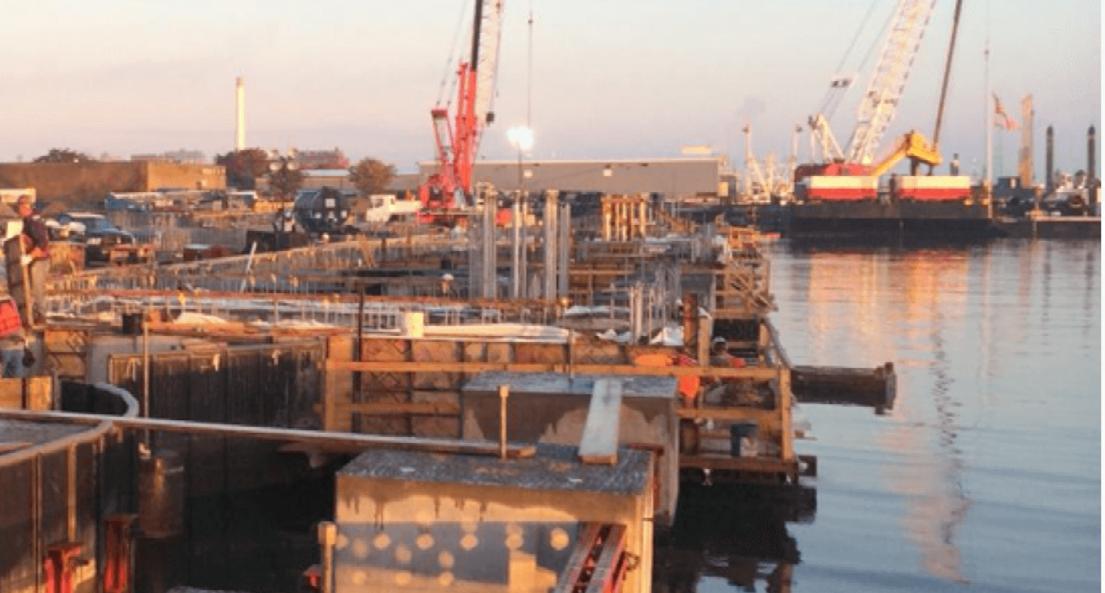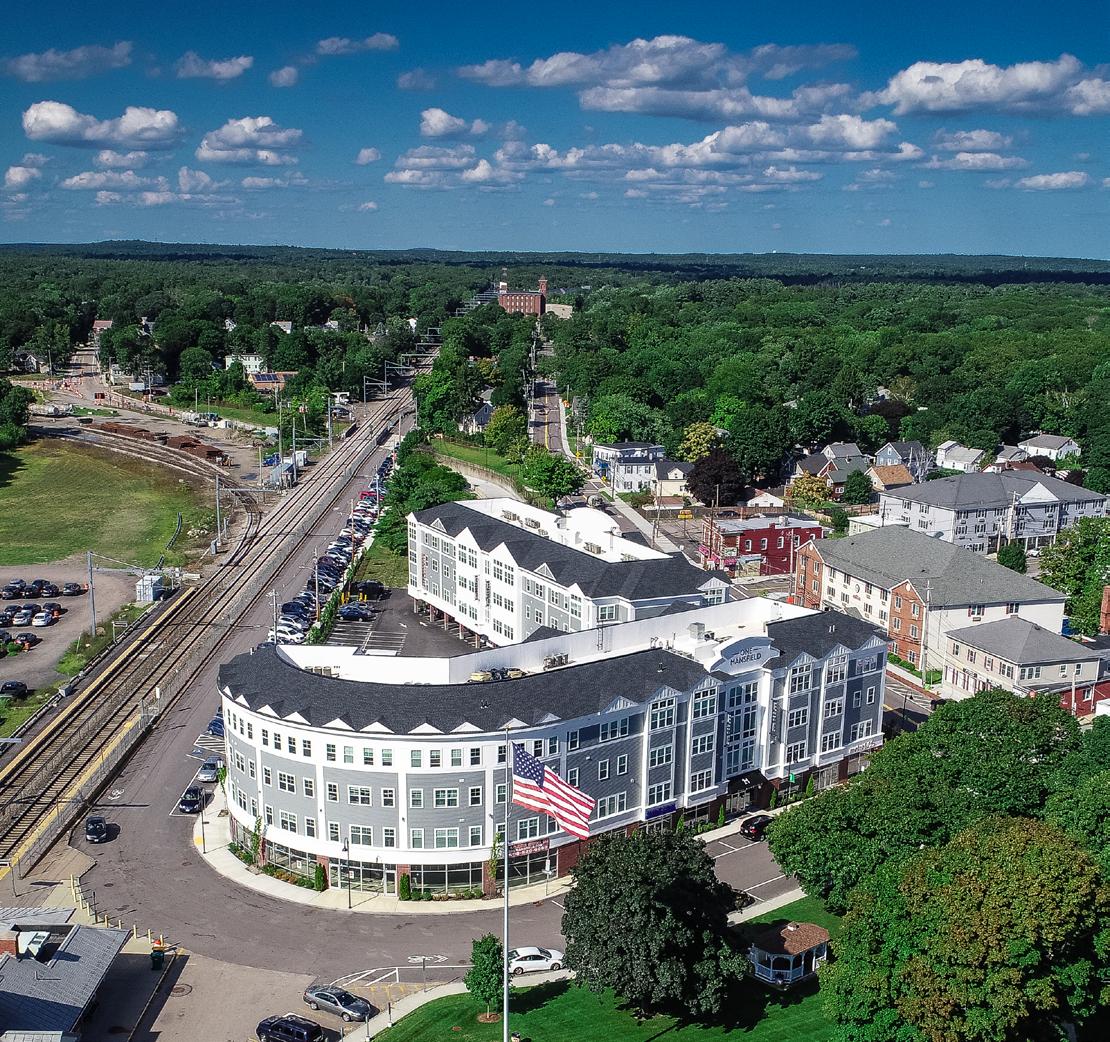
2 minute read
Our Opportunities
by SRPEDD
Business centers across Southeastern Massachusetts – and particularly the deep-water ports of New Bedford/Fairhaven Harbor and Somerset’s Brayton Point – are all situated between two clusters of ocean-based industries. These are collectively known as “Marine Science and Technology,” or “MST-based” firms and organizations. The existing industry clusters are located on the border of our region on and around Aquidneck Island, RI, and Upper Cape Cod. “The sector employs nearly 15,000 workers across 136 organizations. Looking at only private sector employment … MST employs more people than other high-tech sectors, such as medical devices, biopharmaceuticals, and information technology & analytical instruments.” 19 This sector includes activities and specialized industry clusters such as off-shore wind, defense, fishing and aquiculture, and ocean robotics. In short, the ocean-based economy presents significant growth potential for our region’s economy – especially with further investments in infrastructure, workforce development, and renewed coalition-building.
19 Charting the Course: A Regional Assessment of the Marine Science and Technology Sector in Southeastern New England, 2019, UMass Dartmouth, Public Policy Center, Page i.

The 2018 CEDS identifies workforce development as a necessary strategy for growing the region’s economy and expanding our promising industry sectors. Similarly, the 2019 Charting the Course MST study highlights the need for coordinated public-private partnerships between the region’s governments, businesses, and academic institutions – especially in the fields of engineering, systems and software engineering, acoustics, manufacturing and production. The region has the necessary foundation for these initiatives in technical high schools, community colleges, and universities. The region must therefore use successful models for workforce development from across the nation to cultivate and sustain the necessary supply of skilled workers for our region’s target industries.
Our region’s cities and towns have significantly lower median housing prices than the metro Boston area.20 In 2023 and beyond, with the arrival of new MBTA Commuter Rail service to Fall River and New Bedford, cities and towns will also continue to take the initiative to develop walkable and well-designed transit-oriented development (TOD) districts that offer attractive, market-rate and affordable housing alternatives so highly valued by younger, more educated workers.21 Notable examples of TOD developments and initiatives in the region include Attleborough, Mansfield, and New Bedford.22 Similar zoning changes and development opportunities.
20 Boston Metro’s median single-family house price rose to $900,000 (Larry Edelman, Boston Globe) in 2022. This is double or more than the median single-family house prices of Attleboro ($450,000), Fall River ($360,000), New Bedford ($347,000), and Taunton ($434,000) (Warren Group).

21 For more information, please see page 7, Transit-Oriented Development in the States, National Conference of State Legislatures, 2012. www.ncsl.org/documents/transportation/TOD_final.pdf
22 For more information on Mansfield and Attleborough, see “Exploring Housing at Different Densities” at www.srpedd.org/MBTA-Communities; for more on New Bedford TOD, see www.srpedd.org/New-Bedford-TOD
Emerging arts and culture economies in New Bedford, Fall River, and other
Just as communities in the southeast experience growth from the industrial and commercial sector, many are also turning to the revival of their Main Streets and Downtown areas. Communities such as Fall River and New Bedford published Arts and Culture Plans to consolidate their efforts in the Creative Economy and to complement Urban Renewal Plans, Downtown Economic Development Plans, and Waterfront Inactivates – all of which consider the importance of using art to attract commerce, visitors, and new residents to the region.




